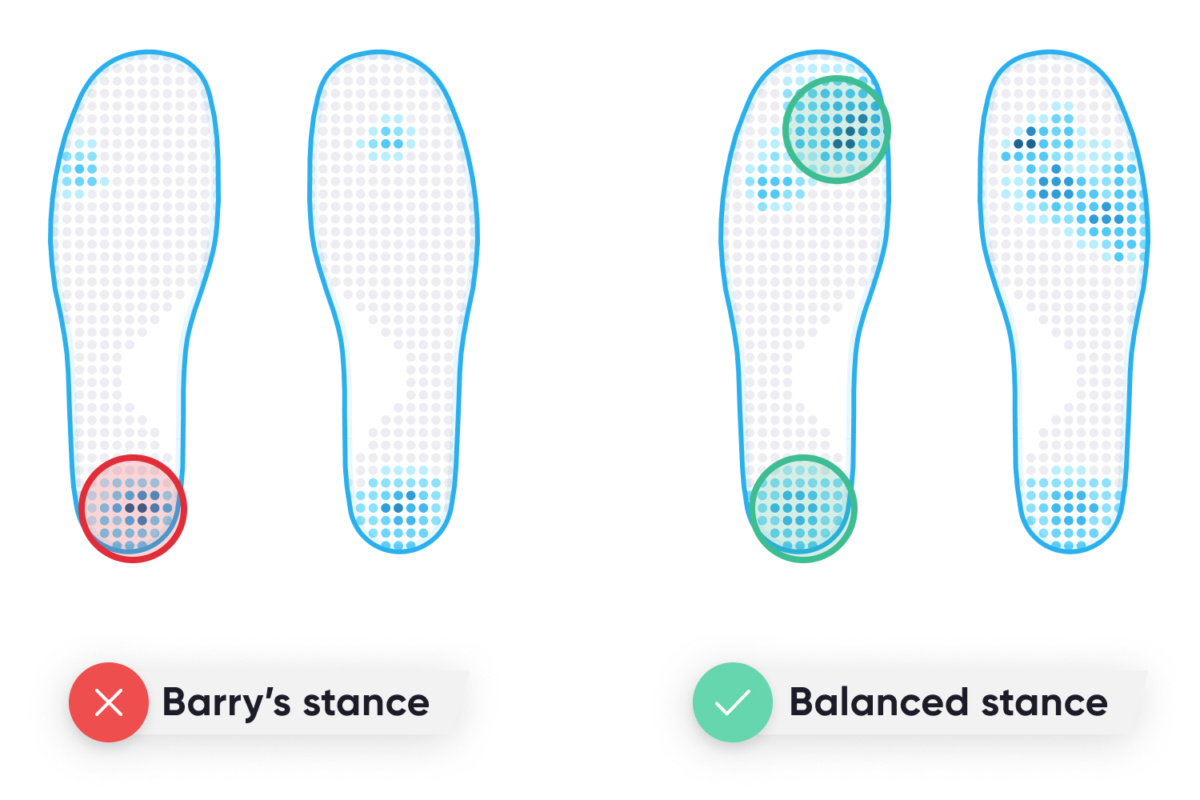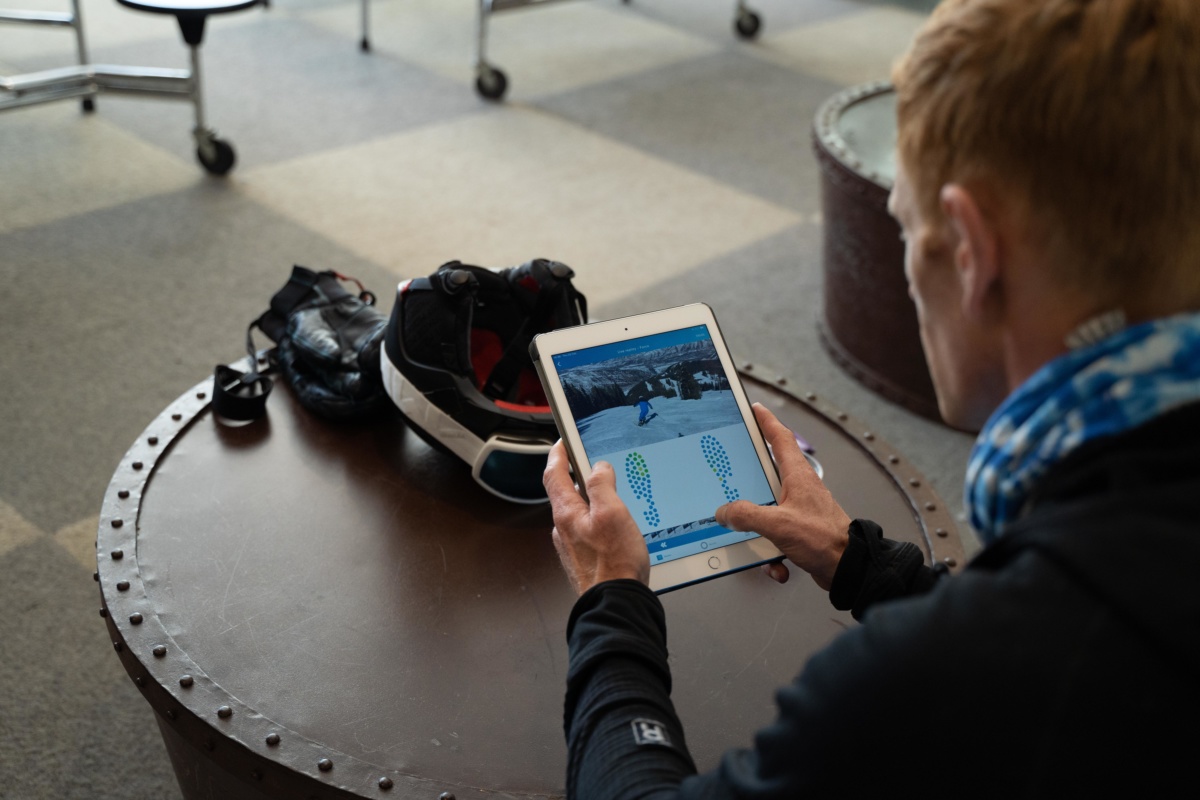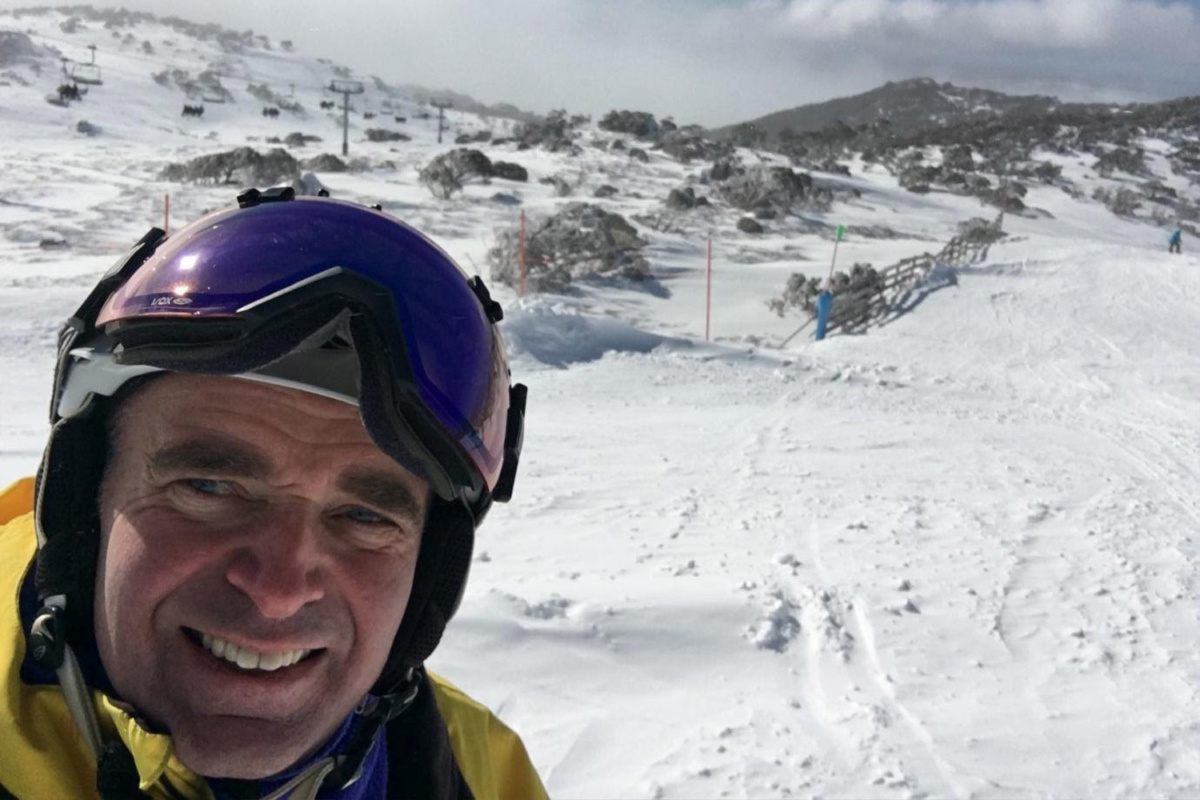How Carv helped me identify my boot-fit issue and ski better

Votes:
My wife and I learned to ski 35 years ago on dry slopes in Ireland, in Slovenia (it was part of Yugoslavia back then) and Austria. We moved to Australia after that and we’ve been lucky enough to ski in Australia, Europe, North America and Japan.
I split my time on the slopes between having a good time with family and friends and trying to improve my technique. I threw myself into studying the technical side of skiing (yes I am an engineer!!) and before I used Carv, I would get lessons every year, but that invariably took me away from having fun with my family.
I just love using Carv, as I get precise feedback on what I’m doing well and what needs attention, and I can do this while skiing with my family and for a fraction of the cost of lessons.

I'm lucky enough to have skied in many places across the world with my wife.
Finding my Balance Issues
I first started using Carv on a trip to Silverstar, Canada in March 2020 and then again in Perisher, Australia in July 2020.
I used free-ski mode initially (getting feedback at the end of each run) and this helped me improve my Ski:IQ™ to a certain point. Carv feedback indicated I needed to work on my fore-aft ratio to make further improvements, so I focussed on this using the fore-aft monitor which gave me turn by turn feedback.
But I got very frustrated because no matter what I did on each turn I was getting scores in the 20s-30s and when I did the Balance drill I couldn’t get out of Level 1.
In between runs, I would find flat ground and tried to pressure the front of my footbed in many different ways but found it very difficult to light up the pressure sensors under the forefoot (see graph on left). Standing on my Carv inserts without my boots on, you can see that my weight is naturally balanced across the forefoot and the heel (see graph on right).

My boots were placing too much pressure on my heels, making it difficult for me to keep my weight forwards.
Diagnosing the Problem
Initially, I thought this may be an issue with Carv. I worked with Carv customer support (Katharine), who looked at my screenshots and concluded that it could be a boot-fit issue. She felt the boot was transferring more of my weight backwards when in a neutral stance or even in an exaggerated forward stance.
The boot was transferring more of my weight backwards when in a neutral stance or even in an exaggerated forward stance.
I also reached out to Tom Gellie. I first came across Tom at an indoor ski centre in Sydney. In addition to being a fantastic instructor and coach, Tom has a deep appreciation of body mechanics and how to apply that to skiing – he has the gift of being able to communicate what all the parts of the body should be doing through the whole turn – and how this should feel. Tom is also a Carv ambassador, so he has a great appreciation of how Carv data can be used to diagnose issues.
Tom analysed video of my skiing, photographs of my boot setup and asked me to send him Carv screenshots of my turns and on dry land.
Tom concurred with Katharine’s diagnosis that it was a boot fit issue. From his video analysis, Tom concluded that my fore-aft stance looked quite balanced, but this centred stance wasn’t being transmitted through to my feet and footbed. He felt there was a mismatch between the fore-aft pivot point of my ankle and the pivot point of the boot. He felt this limited my ability to apply forefoot pressure by being partially suspended a bit above the footbed by the boot cuff.

Tom Gellie analysed my skiing and concluded that my boot fit was forcing my weight backwards, even when I was in a forward stance.
Changing My Boot-Fit ... And Feeling the Difference!
Tom recommended I bring the boot to our local boot fitter, Sam, who runs the Gravity store at Jindabyne.
Sam had a close look at all aspects of the boot fit and recommended a modification to the bottom of the boot cuff to improve the fit.
We tried that and I went skiing the next day. The difference was simply amazing. My skiing was transformed. I felt my stance was much more centred, more athletic and I felt that I was now truly skiing from the feet up.
Tom Gellie | APSI Level 4, Carv Ambassador
I love that there is hard data to back up the change and also to help give insight into what’s happening under the foot, which you can’t really see... Unless you're Superman with X-ray vision!
That’s how I felt – the next step was to see whether this translated to better Carv scores – it most certainly did!
I began with the fore-aft monitor and my scores had immediately jumped to the 45-55 mark. Brimming with confidence, I then decided to tackle the Balance Drills. I couldn’t believe it, previously I couldn’t get out of Level 1, now I was moving up a level with every run, and getting great encouragement from the Carv voice in my ear.
By the end of the day, I had moved up 6 levels and the next day I moved up another 7!! This did wonders for my confidence and the sheer enjoyment of skiing better and clears a big obstacle out of the way, to help me identify what other areas I should work on next.

Before my boot-fit changes, I was struggling to get fore-aft monitor scores better than 20-30 (shown on left). After my boot-fit changes (shown on right), I'm right in the target zone of 45-55!
My Recommendations
So, for any of you who have worked hard on your technique but are still stuck with low Ski IQ or balance scores – your technique may not be the problem. If you have Carv, ask a boot fitter to check out how the Carv sensors react when you try to modify your fore-aft balance. This may identify a similar problem with your boots.
If you don’t have Carv and are keen to improve your technique, there’s no better way to get real-time feedback and offline analysis, to help you get to the next level and enjoy this wonderful sport even more.

